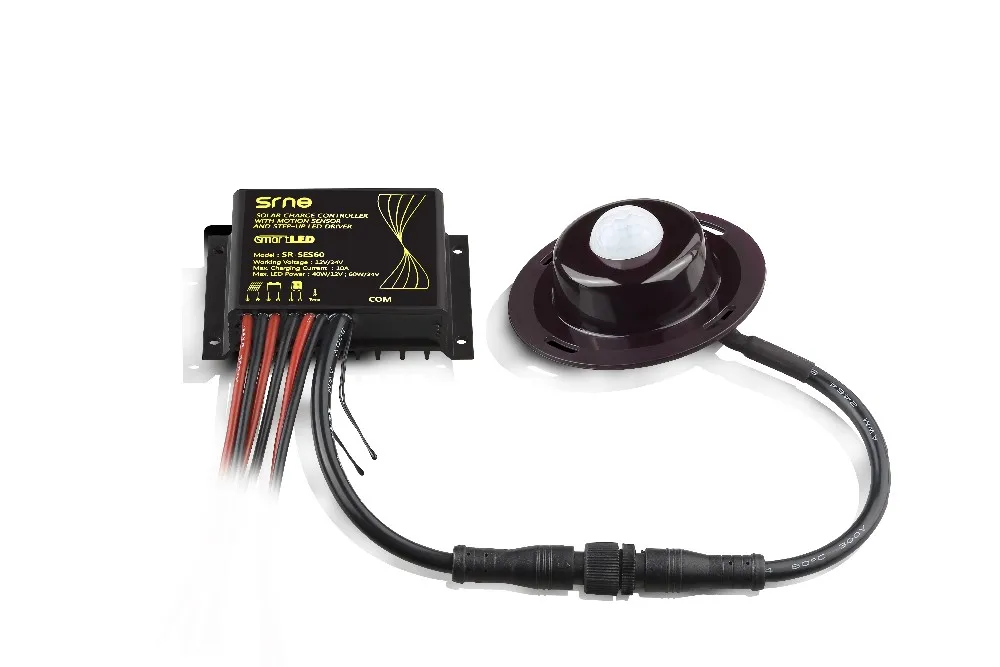

- #Precision circuits battery guard how to
- #Precision circuits battery guard install
- #Precision circuits battery guard series
Protecting a lithium battery from damage may ultimately require isolating it from the system following a dangerous adverse event. A lithium battery quickly gets totally destroyed and becomes a fire risk in the same circumstances.Īnother main difference between a lead-acid and a lithium electrical system is that, in the second instance, the battery may become entirely disconnected from the installation, which can result in considerable damage Overcharging or flattening of a lead-acid battery is detrimental to its life. While this may come across as provocative, it is nevertheless very true. Let’s consider two key statements:Ī key difference between a lead-acid and a lithium battery is that the former can be damaged safely Integrating a lithium battery bank on board a vessel introduces a few additional constraints and challenges that don’t exist with lead-acid batteries.
#Precision circuits battery guard series
This article is part of a series dealing with building best-in-class lithium battery systems from bare cells, primarily for marine use, but a lot of this material finds relevance for low-voltage off-grid systems as well. We have one 12V KiloVault solar battery, one 96A Midnite MPPT-controller and two 330W Panasonic solar panels.Last Updated on 22 February 2020 by Eric Bretscher
#Precision circuits battery guard how to
Here's the diagram, which gives an idea on how to connect these parts of a solar panel system together. PV modules start to generate electricity as soon as they face the sun. Check the status of your array on the charge controller screen.Ĥ. Once you've connected the panels to the controller, it should be able to recognise them. Plug these wires into the regulator: positive into "plus", negative into "minus".ģ. If you have two wires coming out straight of the junction box, skip this step.Ģ. Connect MC4 connectors with a complementary pair of connectors with wires on other ends. More often, there are so-called MC4 connectors on each end, a "male" connector for the positive cable and "female" for the negative one.ġ. In some situations it's just two wires that go straight to the controller. Out of the junction box of a panel come two cables, a positive and a negative. This type of solar regulator is especially good in winter, when panels reach their voltage peaks.Īfter you've connected the charge controller with the battery, it is now safe to connect it to panels. However, even in these cases MPPT-controller allows you to harvest 20-25% more energy.
#Precision circuits battery guard install
For example, you can install either of them with 30-cell panels and a 12V battery or 60-cell panels and a 24V battery. PWM and MPPT are interchangeable in cases when the voltage of the solar panels is slightly higher than the voltage of the battery. MPPT (maximum power point tracking) controller, on the other hand, uses extra voltage of the panels and turns it into electricity. PWM (pulse-width modulation) controller simply brings it down to the level of the battery. Solar controllers handle the voltage of panels differently.

But what does a battery fear? From what a controller actually protects it? Well, a charge controller


 0 kommentar(er)
0 kommentar(er)
